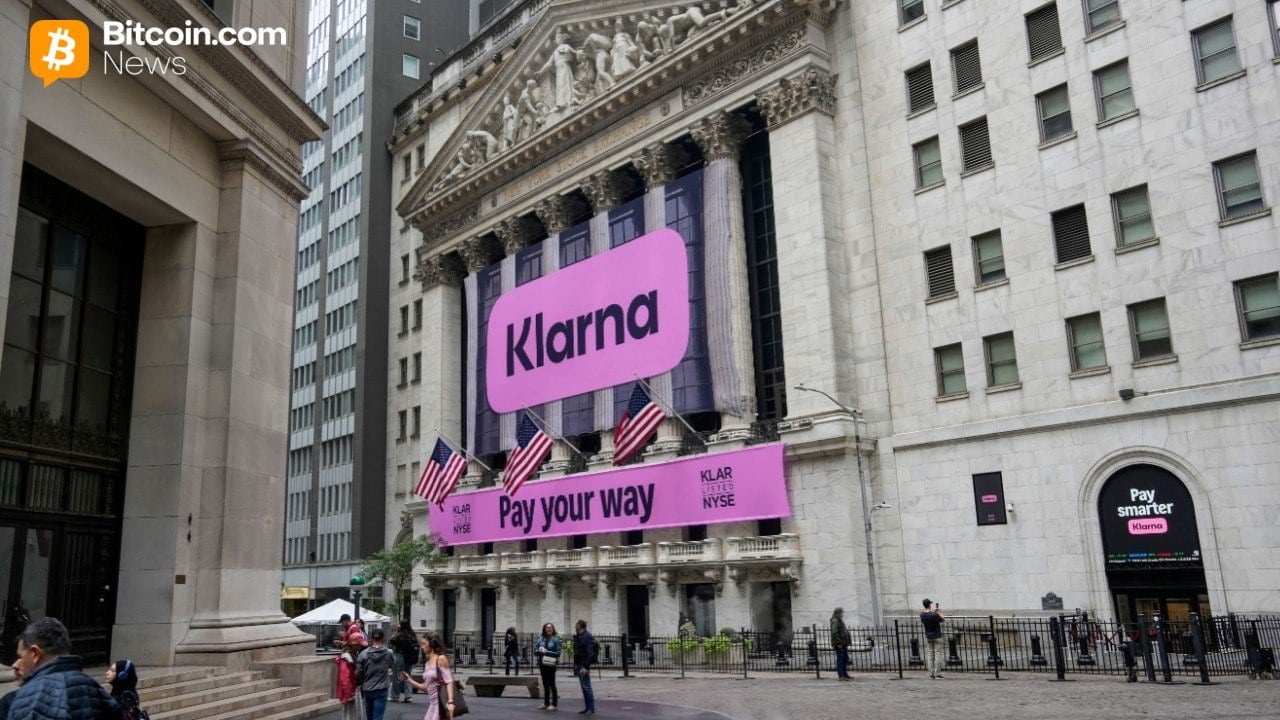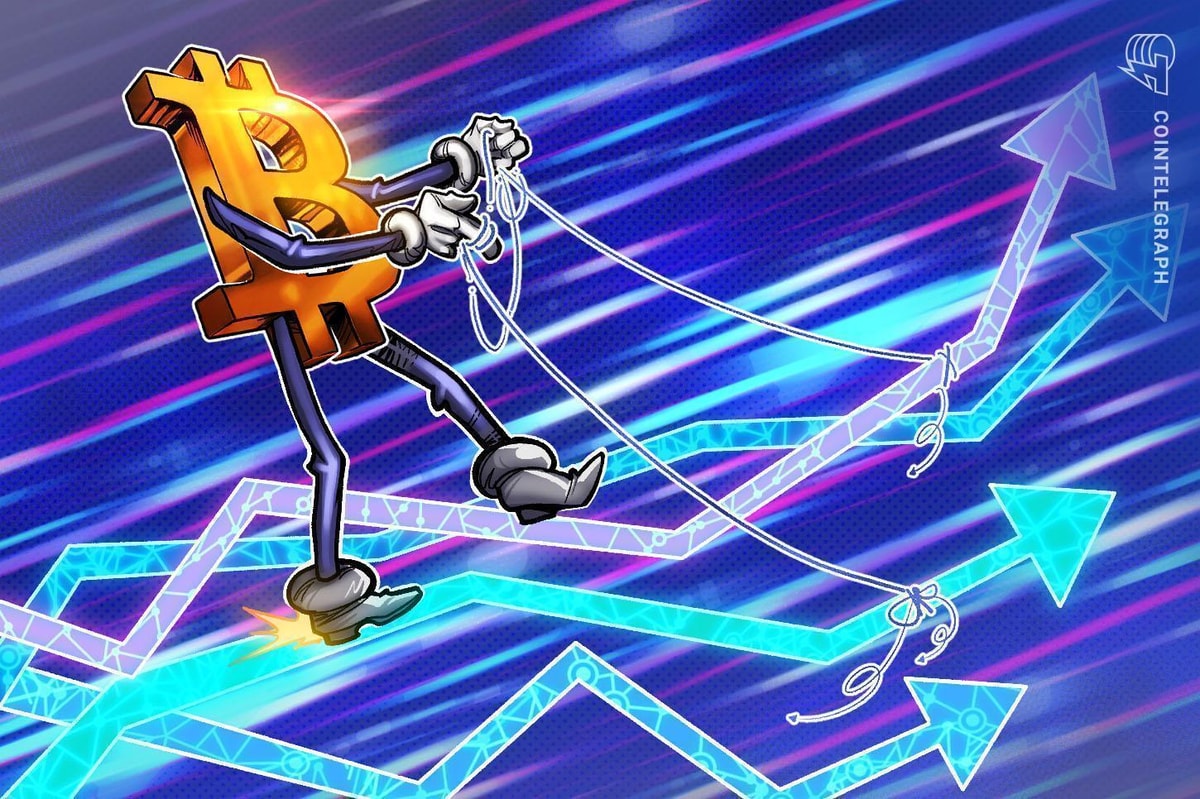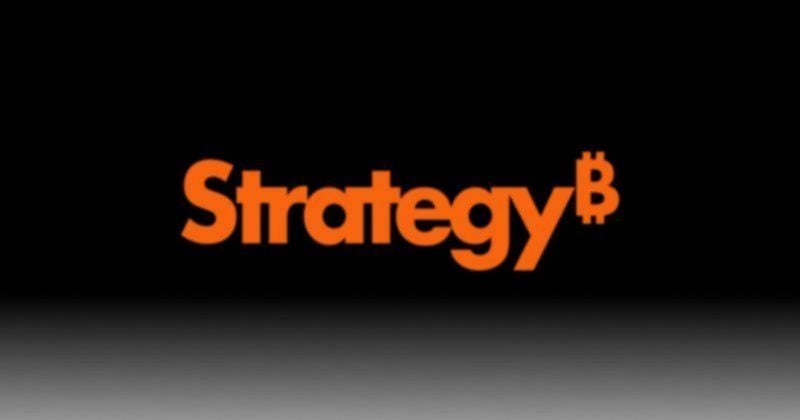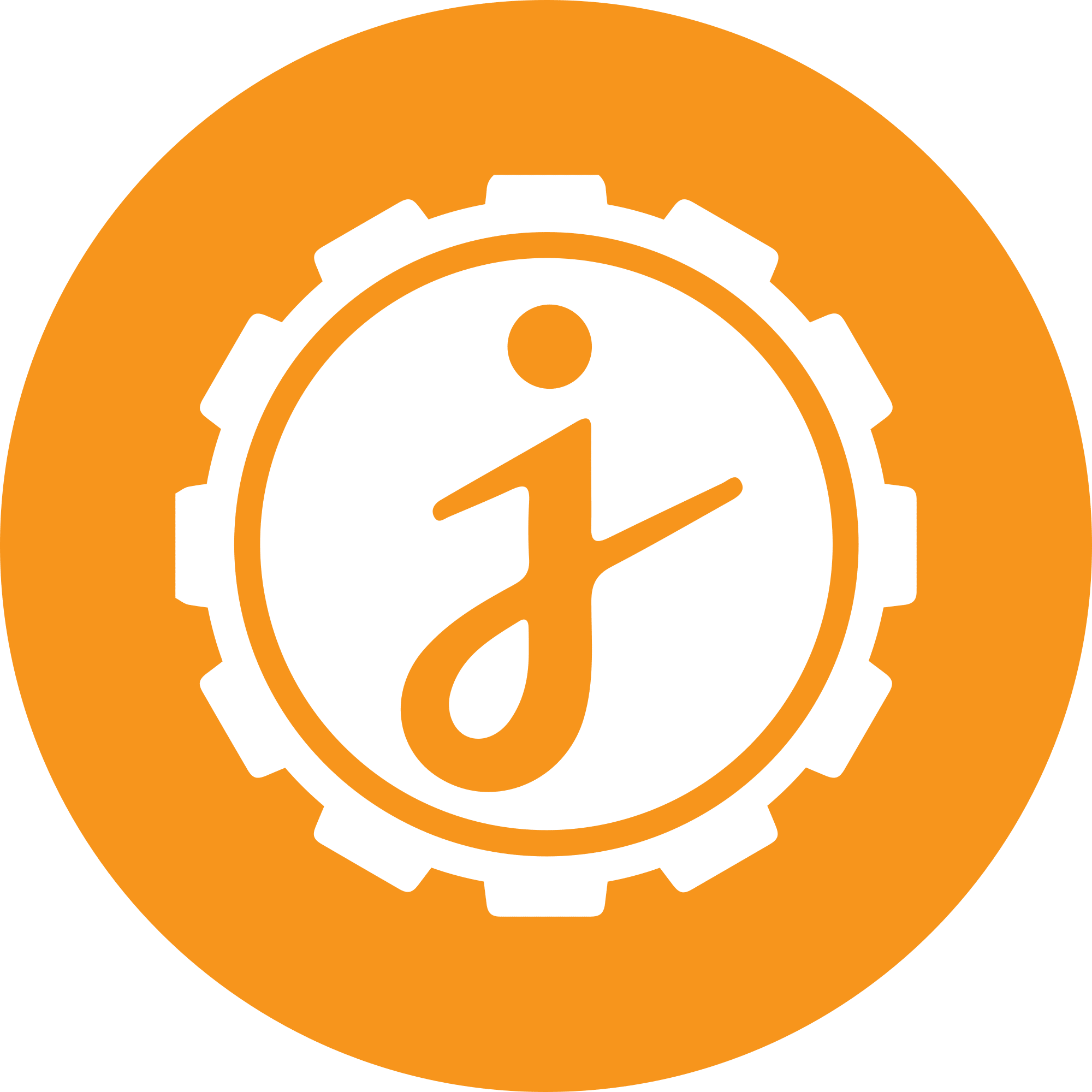With most companies going the digital route, creating a strong online presence has become a common trend. Today digital marketing has become an important business aspect since it connects brands with their audience in the internet space.
The demand for digital marketing is attributed to a surge in the number of online retailers, which currently stands at 9.1 million worldwide. The good news about digital marketing is that it is not only easy to learn but also cost-effective and easy to target.
Plus, digital marketing widens the scope of the audience and unlocks more opportunities for online retailers. To help you learn the basics, we have pieced together insights that will help you understand digital marketing basics.
Before we dive into digital marketing basics, here are the key components of digital marketing that you need to know.
1. Lead Generation
The main step to digital marketing is executing a lead generation strategy that draws people close to your brand. This includes messaging, targeting, and other tactics to speak to your audience. Some of these tricks include social ads, and SEO among other strategies.
Search Engine Optimization
Search Engine Optimization (SEO) involves tactics aimed at improving a website’s position in search engine results. The higher the website ranks on google searches the easier people will see it. Generally, SEO targets free traffic from either organic searches or social media platforms.
With better exposure, you generate more organic traffic and get more exposure on google searches. However, various factors may affect your website SEO. Such factors include page speed, UX, responsiveness, and backlinks.
Search Engine Marketing
Search engine marketing involves the use of paid advertising to improve visibility on Google searches. If you have come across search engine results that have ‘ad’ on them then you have witnessed SEM.
In this case, marketers bank on keywords that are relevant to their business. This makes it easy for their content and website to appear on top of google searches. While SEM results arent organic, results appear more quickly than with SEO.
Paid Social
Paid social is where you use paid advertising to reach your audience via social media. As such Facebook, LinkedIn, Twitter and Instagram come with great features that you can use to run paid ads.
2. Lead Capture
After reaching out to the right audience, you have to optimize your digital presence to get conversions. Infact, the traffic generated in the lead generation phase may not add value if they don’t convert.
Website
Websites have become a powerful tool in driving conversions. Once people come across your website, they will be able to know who you are and what you are selling. However, the performance of your website is determined by design, responsiveness, and strong code.
Landing Pages
A landing page stands as a lone page that you can leverage to drive traffic to your website. The value of a landing page is dependent on the ability to draw people to take some action. A good landing page focuses on helping users understand available offers rather than getting lost in the pages of your website.
Forms
Forms are an important part of a landing page. This involves digital forms where users share personal information. In such cases, users share an email address, phone number, or name in exchange for offers.
3. Lead Nurturing
Once you have targeted the right people and converted them to leads, its your time to shine. This phase mainly involves supplying your leads with insightful content to persuade them to buy.
Conclusion
Digital marketing has become the most powerful marketing strategy for many brands. With the number of internet users ballooning each day, digital marketing is an effective marketing funnel that can not be underscored.
We, therefore, encourage you to partner with The Revenue Avenue to help you set up your digital campaign and unlock more opportunities for your business.















